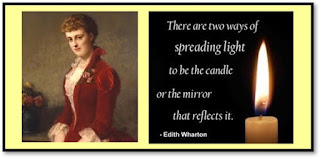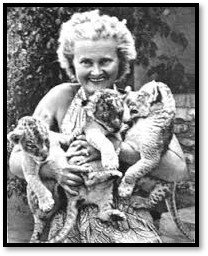
TODAY’S LITERARY BIRTHDAY: Walter Savage Landor. English writer and poet. (born 1775) His best known works were the prose “Imaginary Conversations”, and the poem “Rose Aylmer”, but the critical acclaim he received from contemporary poets and reviewers was not matched by public popularity. As remarkable as his work was, it was equaled by his rumbustious character and lively temperament. Imaginary Conversations is five volumes of imaginary conversations between personalities of classical Greece and Rome: poets and authors; statesmen and women; and fortunate and unfortunate individuals. Landor spent a lifetime quarreling with his father, neighbors, his wife, and any authorities at hand who offended him. Paradoxically, he won the friendship of literary men from Robert Southey, Samuel Taylor Coleridge, and Charles Lamb to Charles Dickens and Robert Browning. As a poet, Walter Savage Landor was best known for his classic epigrams and idylls. He was a seriously emulative classicist and ...









